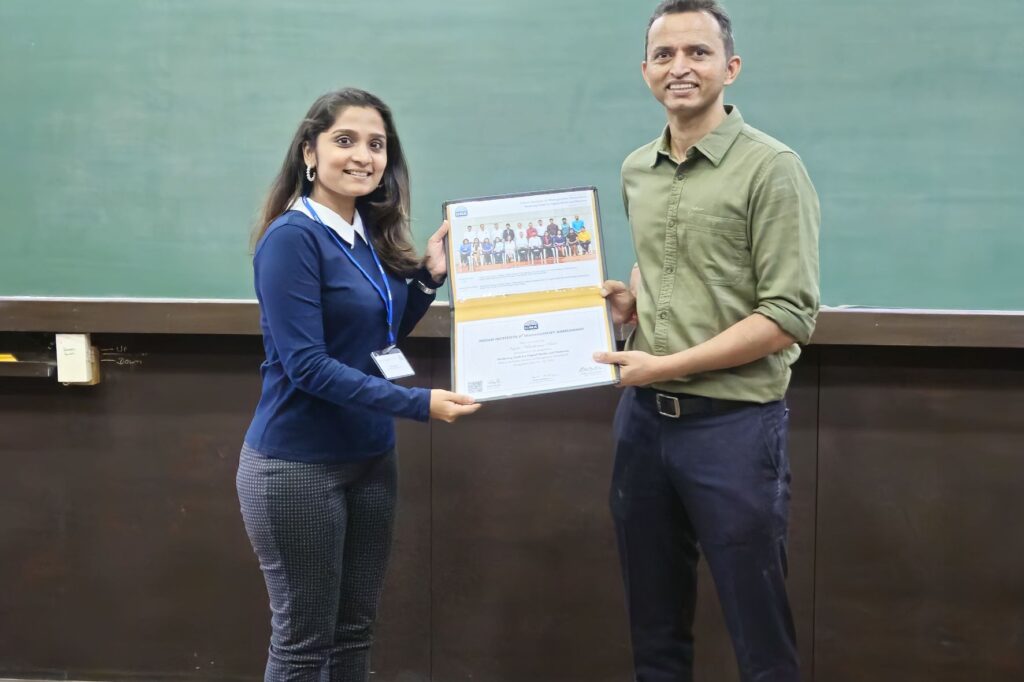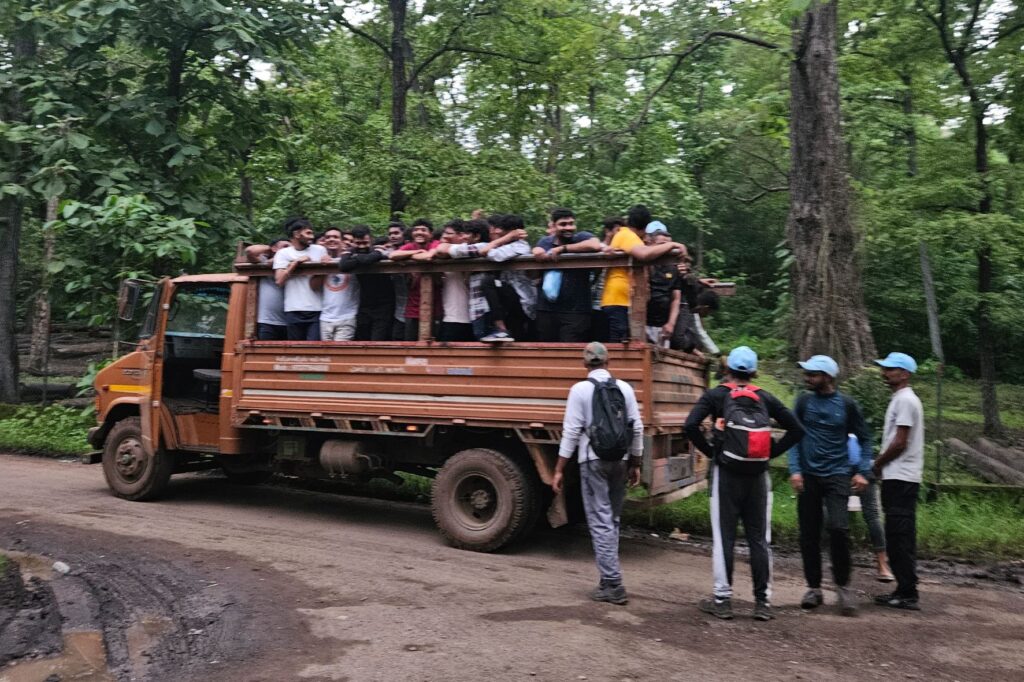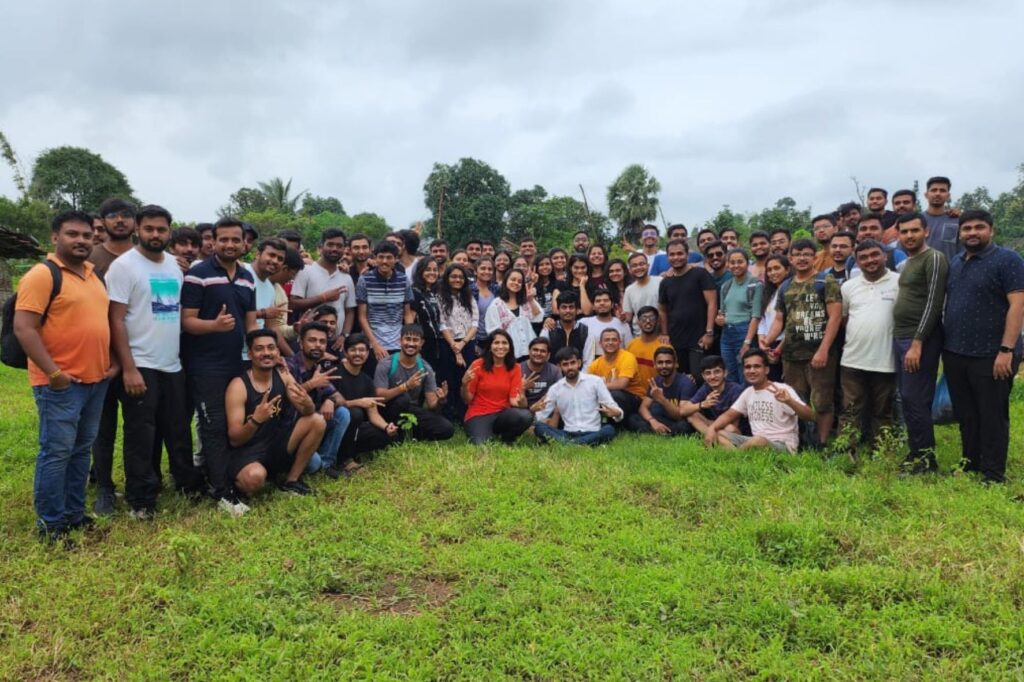
We Gujjus say that ‘Narmada ma jetla kankar che etla badha j Shankar che’. That means all the stones in Narmada river are the form of Shiva. Having grown up in the lap of Maa Reva, I’m lucky to share this journey with you all. Let’s get started.
Everyone – be loud and say – “Narmade Har…!”
My experience of Narmada Parikrama was superb. Having Narmada on the right hand side and walking in the moonlight, experiencing the sacredness of Maa Reva that also during the auspicious nine days of Chaitra Navratri was super amazing.
In India, Hinduism considers the Narmada River as one of the seven holiest rivers. Hence, pilgrims perform the holy pilgrimage of a Parikrama, or the circumambulation of the river. It is considered to be a praiseworthy act by pilgrims to undertake the Narmada Parikrama.
In comparison to the full Narmada Parikrama, which takes more than 3 months to complete, this Uttarvahini Narmada Parikrama is considered very easy. A general rule to follow when performing a Narmada Parikrama is that Narmada Maiyya should always be on the right hand side. The 20 km Uttarvahini Narmada parikrama begins at Rampura village and ends at Tilakwada. It is believed that Narmada river was born from the sweat of Lord Shiva while performing Tandav. Therefore, Narmada is called ‘Shivputri’ – the daughter of Lord Shiva.
A river flowing in a northerly direction is considered very auspicious. Narmada River flows in the North direction near Garudeshwar – Tilakwada to Rampura. Therefore, it is called Uttar Vahini Narmada Parikrama. According to Hindu tradition, walking the Uttarvahini Narmada Parikrama is just as auspicious as walking the entire Narmada Parikrama. Hindu calendar dictates that this must be done in the auspicious Chaitra month.
We started our journey from Bharuch at around 12 AM. After two hours of journey via bus, we reached Rajpipla. This parikrama began with having darshan at Ranchhodray Mandir in Rampura village which is almost 14 kms away from Rajpipla and ended at the same point by passing through Tilakwada.
We started walking at 4 AM from Ramchhodray Mandir. The first thing we found after 10 minutes was Bhandara 1 – poha and chai. Well, I’ve grown up in Bharuch but in a true sense, actually I belong to Surat and thus everytime I see food, you know what I mean right? Lol. I couldn’t resist myself by eating. We took a break of 10 minutes and resumed walking. After a few minutes, what did I see? Another bhandara of fruits at one of the Hanuman Temple. Thus, after finishing almost two hours of walking on the bank of Narmada – time came to cross the river by boat.
It was almost 6 AM and we were crossing the river. In the missile of the river, we could see the Sun popping out. Such a beautiful view it was. Orangish yellow sky, the sound of the river flowing and the coldness of the surrounding made that sunrise more alluring. We crossed the river and guess what. We found another bhandara. We had chai and started walking. After almost 1 hour of walking we reached one of the Shiv temples. Kindly note that while doing Narmada Parikrama, you’ll find a number of Shiv temples in between. After all, Narmada is the daughter of Lord Shiva. We had gaanthiya, marcha along with sweet bundi there and resumed our walk again. After a few minutes, we reached the bank of Narmada where again as the rule says, we walked keeping the river on the right hand side. After almost 1 hour, we reached the point where again we took a boat, crossed the river and reached Kidi- Makodi ghaat. As mentioned above, we completed our parikrama by having darshan at Ranchhodray temple at around 10 AM.
Out of the total 6 incarnations of Lord Vishnu, ten incarnations are considered to be the main ones. The supernatural and unique idol of these ten incarnations seen simultaneously is the beautiful idol of Dashavatar Ranchod. This idol is also called “Dashavatar Ranchodrai” as it has Dashavatar in it.
The Narmadaji ghaat here is known as “Kidi-” Makodi ghaat. As the river Narmada flows northwards from Kidi-Makodi ghaat to Tilakwada, both the banks of the river are considered very sacred at this place. Doing this in the month of Chaitra in the month of Chaitra, one gets the merit of performing this ritual in the month of Chaitra.
These are just some of the goal setting shareware that you can use. King Ranchod is standing on a Garuda. While his feet have conch, wheel, mace and padma in service. God is alone in the famous statue of Ranchodrayji of Dakor. When the ten incarnations of Lord Vishnu are seen around the idol of Dashavatar Ranchodji, the devotees along with the Lord are also seen here. Here is a conch in the right hand of Ranchodji. While the statue of Dakor has a conch in his left hand.
This idol of Lord Ranchodrayji is spontaneous. This beautiful and divine statue was found in a farm in the year 1914. And it was decided to build a temple here. This was contributed by many devotees. But due to lack of funds for this, the construction of the temple was completed by Shri Mant Vijaysinh Maharaj, the Rajvi of Rajpipla.
This idol was inaugurated on the day of Phagan Sud Baras and Wednesday of the 14th of Savant, and on the day of 9th February (about 100 years ago today) by the blessings of Maharaj Shri Mant Vijaysinhji of Rajpipla.



